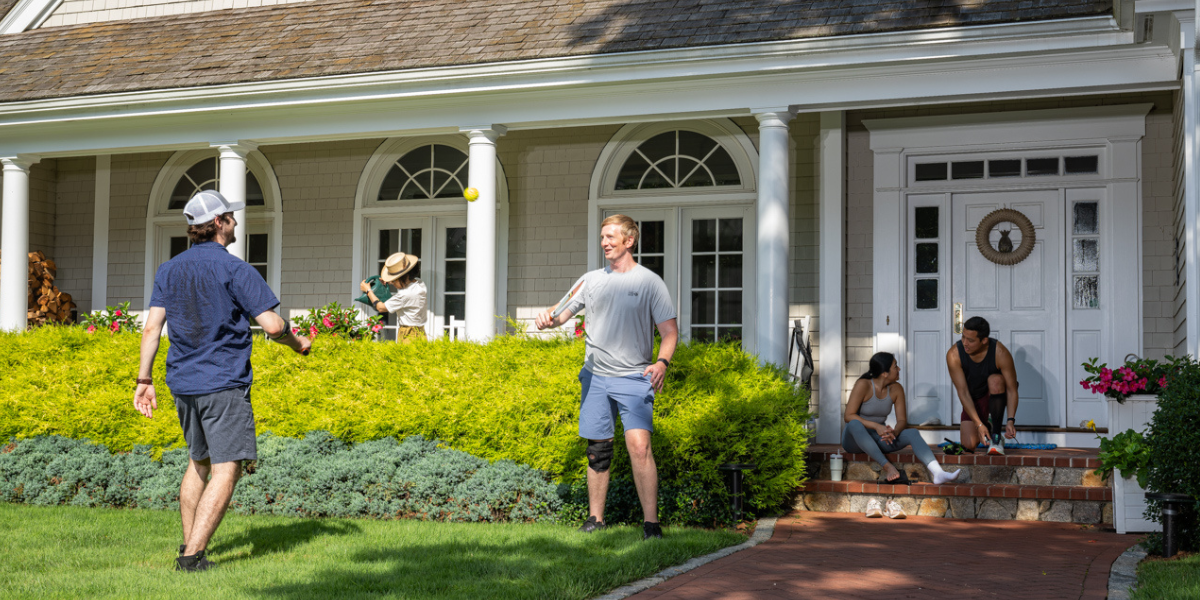
8 Tips to Avoid Pain Flare-Ups in Summer, from Our Physical Therapist
|
|
|
Read in 4 min
Get free shipping on orders over {{threshold}}!
|
|
|
Read in 4 min
Summer is a season synonymous with outdoor activities, vacations, and a generally more active lifestyle. For people with chronic musculoskeletal pain conditions such as Plantar Fasciitis, Tennis Elbow, Runner's Knee, or Posterior Tibial Tendonitis (PTTD), the summer months can also be a surprising time of challenges.
The key to navigating this season without exacerbating your pain lies in understanding and managing all the "variables" that can influence your condition. In this post, we'll explore what these variables are, why summer is particularly risky, and how you can enjoy the season while minimizing your risk of pain flare-ups.
Variables in the context of chronic pain refer to the different factors and changes in your routine or environment that can affect your condition. Our bodies get used to, and develop tolerance for, a set of activities and movements that are a routine part of our day. You can think of variables as something new thrown into the mix that our bodies aren't used to.
Variables can include:
The good news is that with a bit of planning and awareness, you can enjoy the summer season without triggering painful flare-ups.
In physical therapy, when you are recovering from a chronic pain condition, we make sure to re-introduce variables gradually, with intention, so that your healing tissue has gained the capacity to handle the new challenges. The idea is the same here.
Here are some strategies to help you manage the variables in your routine effectively:
Plan Ahead: Before engaging in any new activity, consider how it might impact your condition and take necessary precautions.
Stay Consistent with Supportive Footwear: Even casual summer activities warrant good support. Avoid flimsy sandals or flip-flops.
Pace Yourself: Gradually increase your activity levels and avoid sudden, intense bursts of exercise.
Strengthen and Stretch: Regularly engage in exercises that strengthen the muscles around your affected joints and incorporate stretching to maintain flexibility.
Stay Hydrated: Keep hydrated to help your muscles function optimally and reduce the risk of cramps or spasms.
Consult a Professional: If in doubt, seek guidance from a physical therapist or healthcare provider to develop a safe and effective activity plan.

